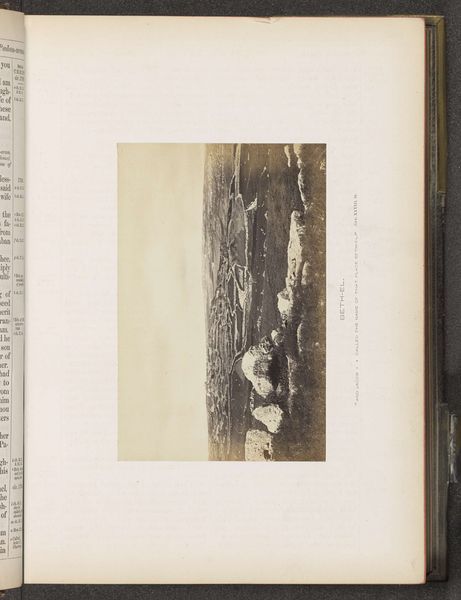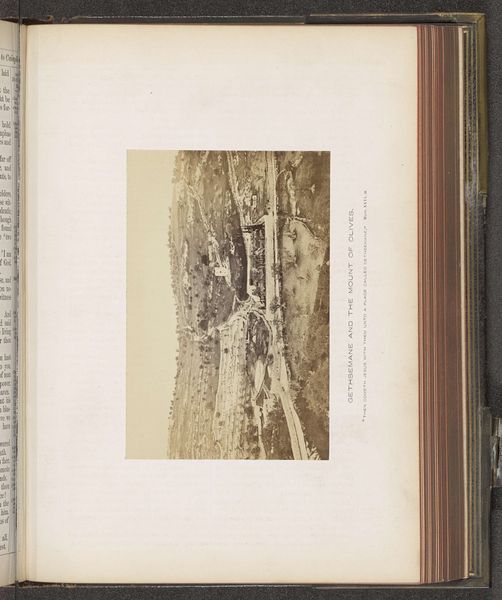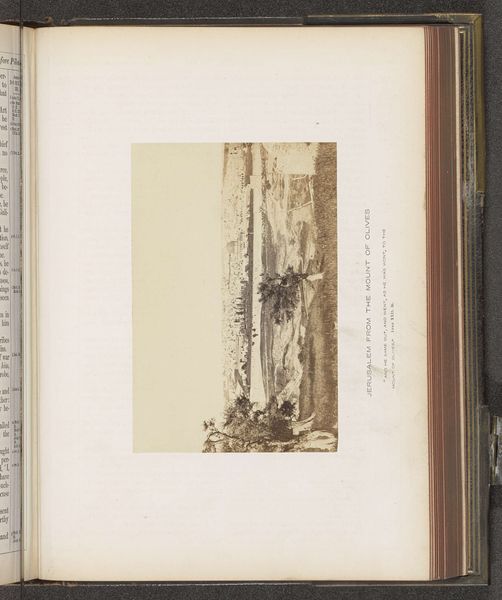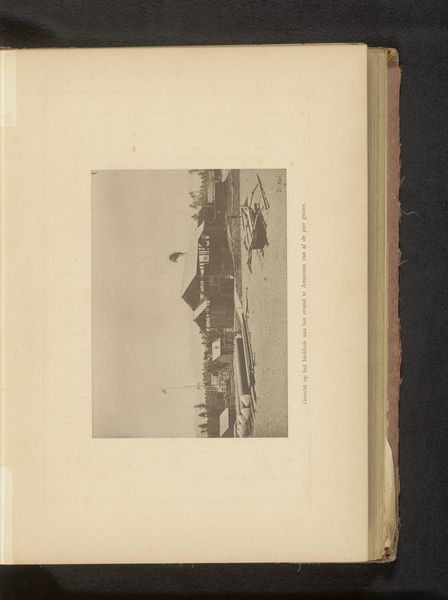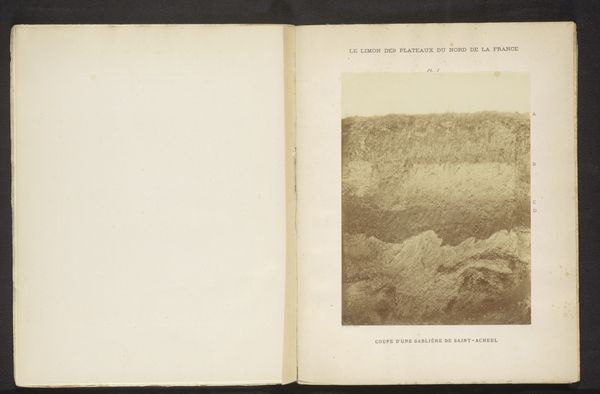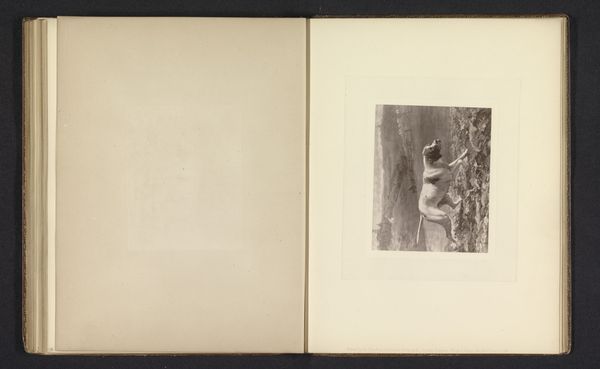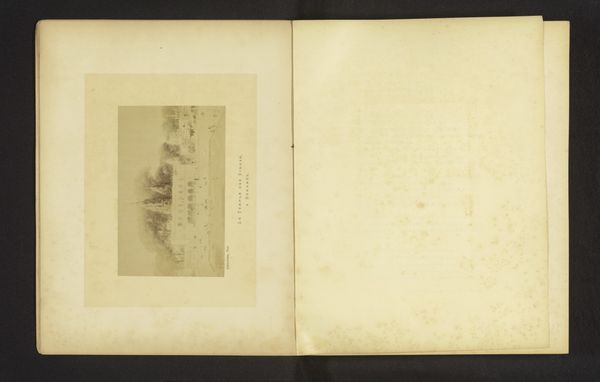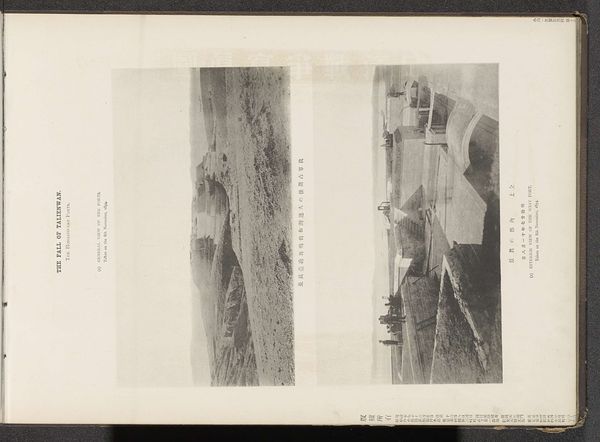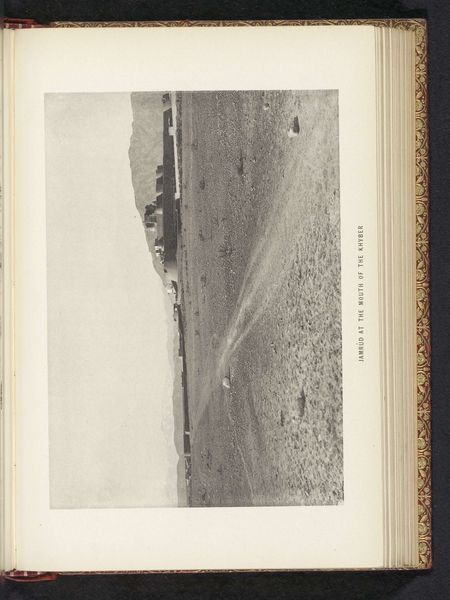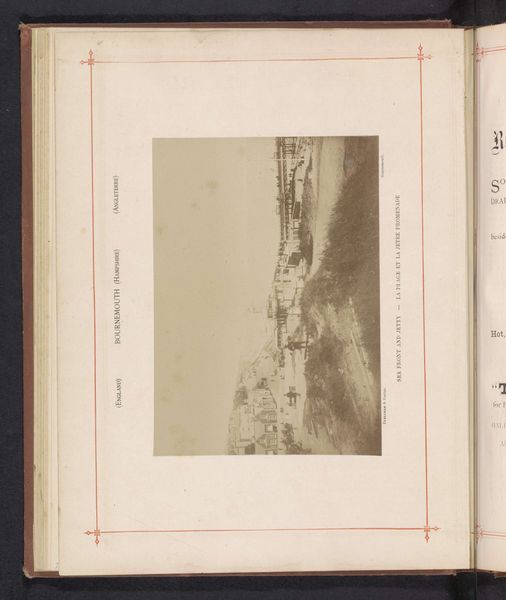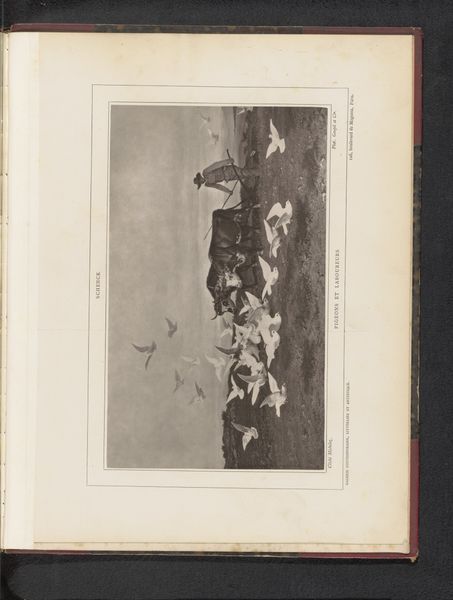
photography, albumen-print
#
landscape
#
photography
#
albumen-print
Dimensions: height 102 mm, width 154 mm
Copyright: Rijks Museum: Open Domain
Curator: This albumen print, “Gezicht op waterputten bij Beër Sjeva”, or "View of Water Wells at Beersheba", by Francis Frith, circa 1850-1865, captures something truly desolate, wouldn’t you agree? Editor: It definitely feels barren, almost otherworldly. The limited palette emphasizes the harsh landscape. What exactly are we looking at here, besides what I assume are the wells? How should we interpret this work? Curator: It’s interesting you say "otherworldly" – perhaps that hints at Frith's own Romantic ideals. These wells, located in Beersheba, weren't just sources of water; they were vital landmarks. They marked civilization's presence in an unforgiving land. The almost aggressive horizontality amplifies the flatness, making you ask where you'd want to wander next. Do you get the sense of scale here? Editor: Absolutely. The human figure near the right provides context. There's a person there. It suddenly gives the photo so much more emotional context – survival! Curator: Yes! And Frith's choice to photograph this landscape, far from home, and then print it to place in a photo album makes it doubly potent. He presents this remote scene for Victorian consumption, a way for viewers to "travel" to Biblical lands. Did he manipulate us or create understanding, would you say? Editor: I think, for its time, photography was so novel; it invited exploration. Frith probably ignited an understanding and a longing. Curator: And now, what do we bring? Editor: A new point of view, certainly. Now that I see it through his and your perspective. The landscape feels imbued with significance. Curator: Exactly. Art, photography especially, transports and transforms.
Comments
No comments
Be the first to comment and join the conversation on the ultimate creative platform.
